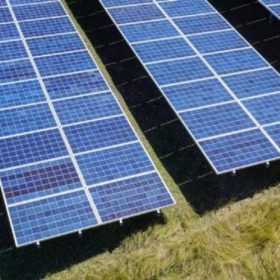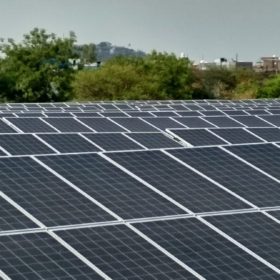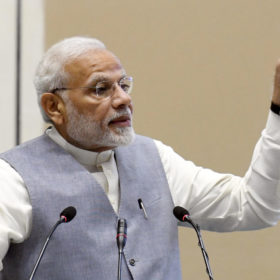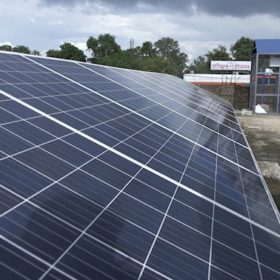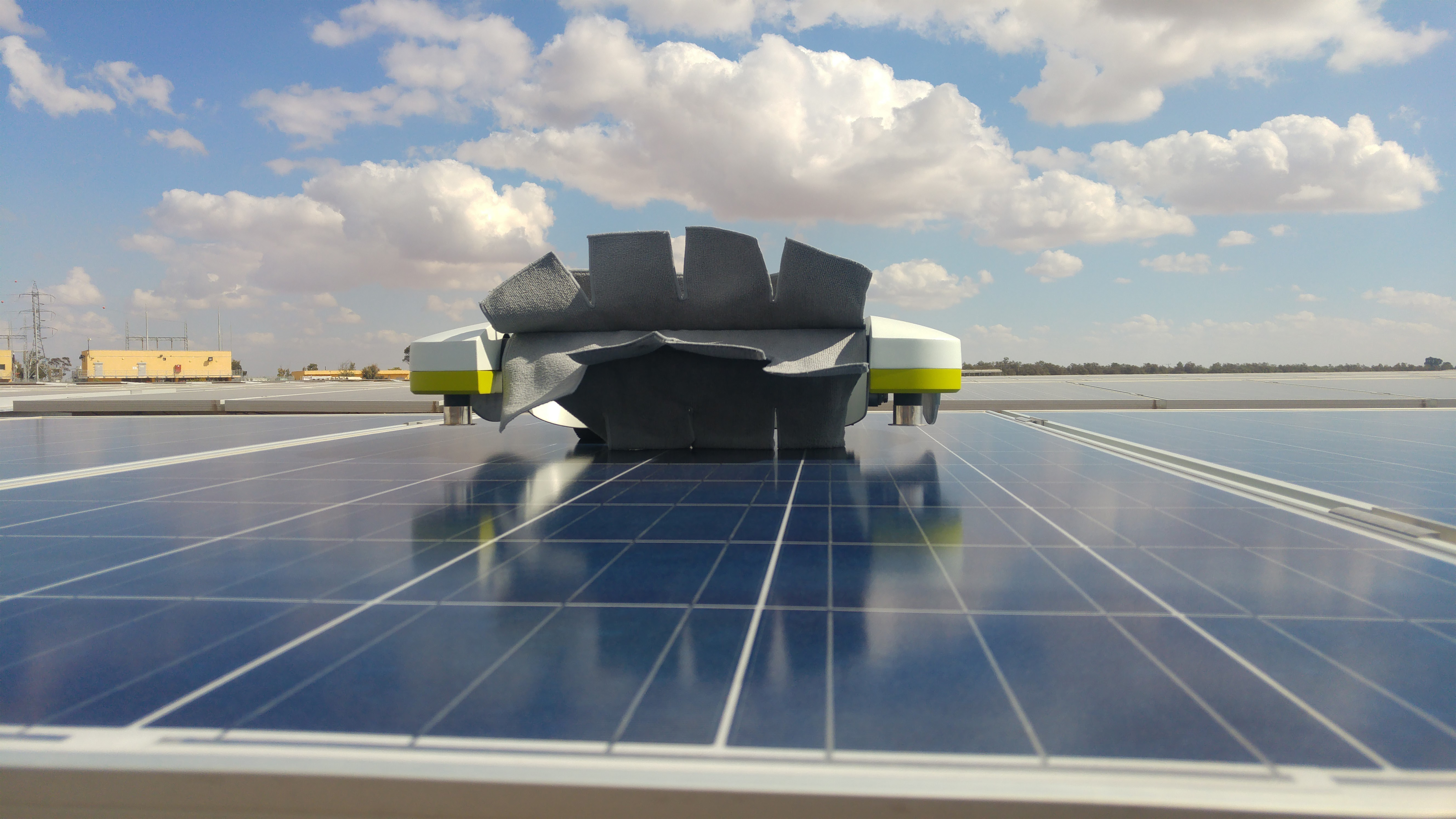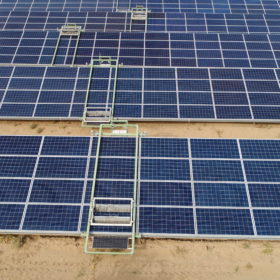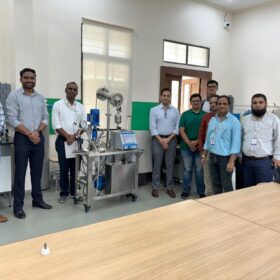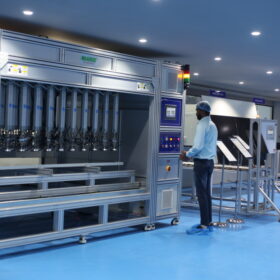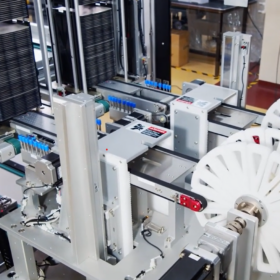Hindustan Petroleum tenders 1530 KW grid-connected solar capacity in 3 states
The ground-mounted solar PV plants are to be set up at the oil and natural gas company’s terminals in the states of Telangana (750 KW), Uttar Pradesh (550 KW) and Punjab (230 KW). Bidding closes on June 4.
Himachal Pradesh announces generic solar PV tariff
The Himachal Pradesh Electricity Regulatory Commission (HPERC) has followed the lead of the authorities in Tamil Nadu, Bihar and Maharashtra in setting generic levelised tariffs for PV projects.
India’s solar industry digests the election results
With Narendra Modi’s government stunning pollsters with another huge victory, the solar industry expects renewable power momentum to be maintained with steps including anti-dumping duty on solar module imports, a national policy for rooftop solar and an emphasis on easing private-sector participation in the power sector.
Indian railways gets $750 million ADB fund for track electrification
The fund will be used for a broad modernization program that will help Indian railways to transition from dependence on fossil fuels to renewable energy.
IGL floats solar PV system plus battery tender
CNG distributor Indraprastha Gas Limited (IGL) has invited bids for supply, installation, testing and commissioning of 1 KWp solar PV system (4x260W panels) along with Lithium-ion batteries and inverter for 12 hours backup. A total of 76 such system combinations are to be supplied. Bidding closes on May 30.
Oriano completes 13.75 MW projects for Cleantech Solar across multiple states
Currently, the Mumbai-based solar EPC firm is executing 134.5 MWp project capacity to be commissioned by September 2019. It expects to surpass cumulative installation of 350 MWp by the end of FY 2019-20.
SECI tenders 2 MW solar project for army posts in Jammu & Kashmir
Solar Energy Corporation of India (SECI) has invited bids for development of 2 MW solar PV power projects—1 MW each for Siachen and Partapur army posts—in Leh region of Jammu & Kashmir. The projects are to be developed on ‘build, own operate’ basis.
Solar leads all forms of energy in digitalization: DNV GL
In a recent survey, DNV GL found that demand for blockchain-related skills in the solar sector is 50% higher than in other energy industries, while 33% of respondents said that the use of drones is having a significant impact on their businesses. However, the solar industry needs a common framework to help advance digitalization further.
Global cumulative PV capacity may reach 1.3 TW in 2023, SolarPower Europe says
The European solar trade body expects 128 GW of new PV capacity in 2019, with China likely to bring around 43 GW online and Europe experiencing enough demand to deploy about 20.4 GW. In 2020, global solar demand is expected to reach 144 GW, while in the following three years new PV additions are forecast to total 158 GW, 169 GW and 180 GW, respectively.
Modi government propelled renewable growth: CEO survey
In a recent survey, an overwhelming 73% of respondents said they remain upbeat about India’s renewable growth prospects, despite recent policy reversals and various other operational challenges the industry faces.
